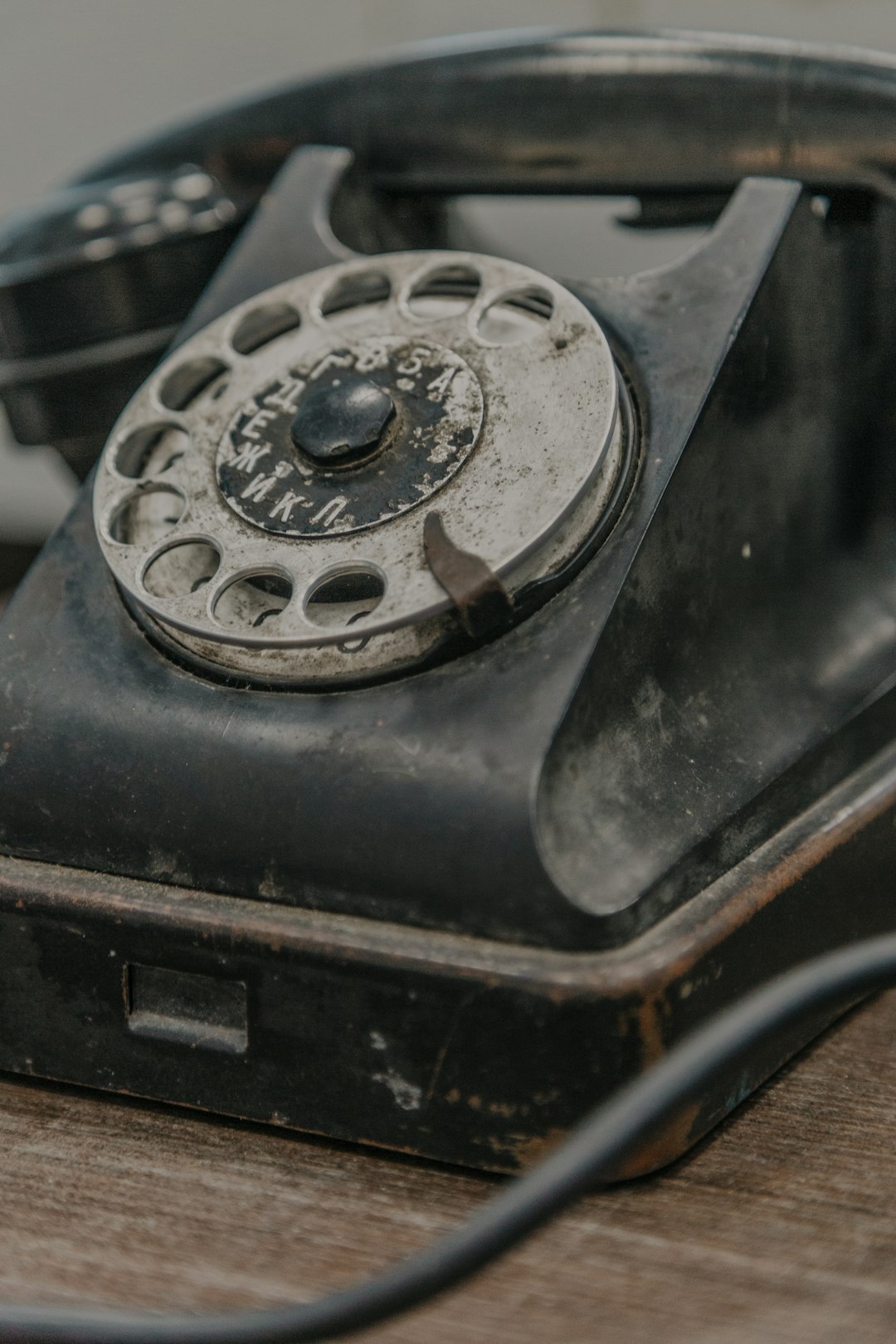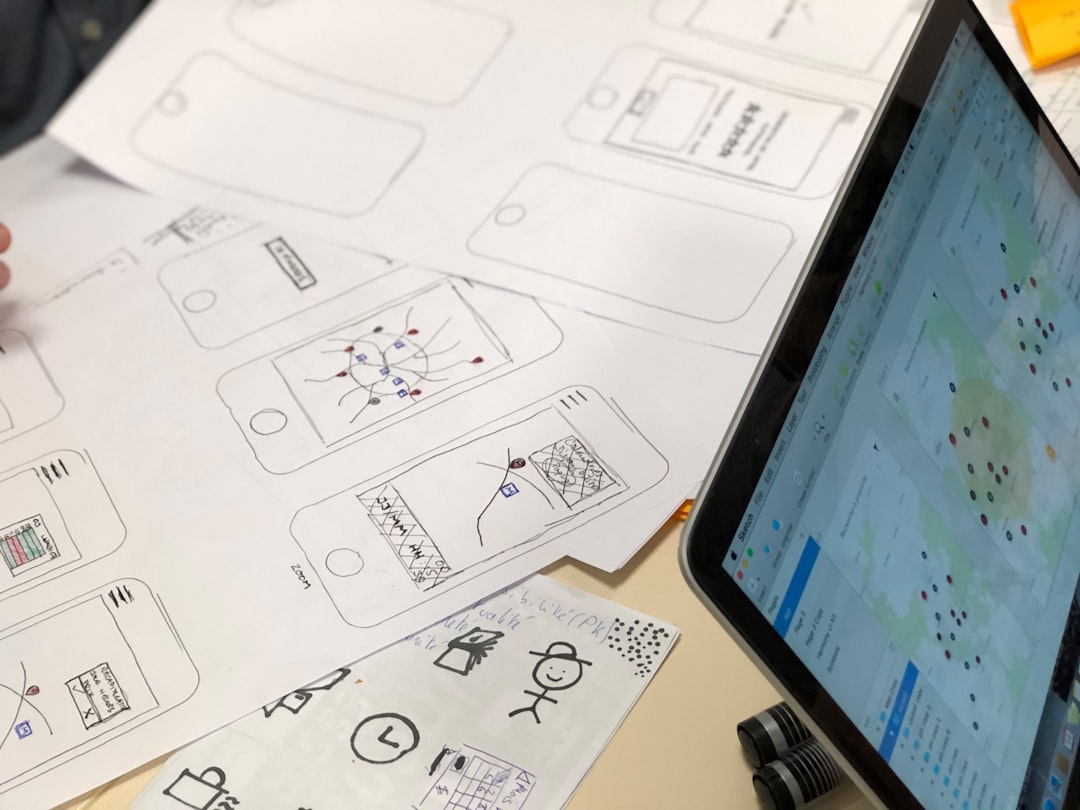A phone chain, also known by several other names such as a phone tree or calling tree, is a method of communication that allows a message to be quickly and efficiently passed from person to person through a structured network of telephone calls. Though modern technology has largely shifted communication to instant messaging and email, the phone chain still holds relevance in certain environments, especially when digital services are down or among groups that prefer direct voice contact.
This signaling system is often used in contexts such as emergency notifications, school closings, and club or workplace announcements, where time-sensitive information needs to be distributed promptly and reliably through a community or organization.
How Does a Phone Chain Work?
A phone chain operates by establishing a predetermined list of people who are responsible for calling others. Typically, one person at the top initiates the message. This person calls two or three others, who each then call another set of individuals. The process continues like branches of a tree until all members of the network have received the message.

This pyramid or tree-like structure makes the phone chain a rapid way to disseminate information. It significantly reduces the time it would take for one individual to call a large group by distributing the responsibility among participants.
Types of Phone Chains
There are different approaches to implementing phone chains depending on the size, structure, and purpose of the group. The most common types include:
- Manual Phone Chains: Classic calling trees where each participant uses a standard telephone to call their assigned contacts.
- Automated Phone Chains: Use of apps, robocall systems, or automated scripts that dial and play a recorded message to multiple users simultaneously.
- SMS Phone Chains: A chain system utilizing text messages instead of voice calls, suitable for quick alerts without requiring a verbal exchange.
Historical Context
The concept of a phone chain has existed since the early days of telephone services. Schools, churches, and neighborhood watch groups often utilized calling trees to coordinate activities or share reminders. In times before the internet, they were particularly effective in emergencies and crisis communication.

Even today, many rural and senior communities still use phone chains as a trusted method, especially where internet access may be limited or smartphones are not prevalent.
Advantages of a Phone Chain
Despite technological advancements, phone chains hold distinct advantages:
- Personal Touch: Voice calls provide emotional connection and clarity that texts may lack.
- Reliability in Disasters: Phone lines may work when internet or mobile networks fail.
- Structured Responsibility: Each person knows their role in the chain, which helps in ensuring message delivery.
- Cost-Effective: Requires minimal resources compared to paid notification services.
Limitations
Like any communication system, phone chains aren’t without their downsides:
- They depend heavily on each person executing their part.
- Messages can get distorted as they are passed along — similar to the “telephone game.”
- They can be slow if participants are unreachable or unresponsive.
Modern Variations
Some contemporary solutions improve upon traditional phone chains by integrating email, instant messaging, and GPS-enabled alerts alongside voice calling. Platforms like GroupMe, WhatsApp, and specialized software for schools or emergency services offer hybrid versions of the phone chain concept, preserving the speed and breadth of information dissemination.

Conclusion
A phone chain, whether manual or modernized, remains a purposeful tool in coordinated communication. It underlines the value of human connection and organized response mechanisms — proving that even in an era of WhatsApp and Zoom, sometimes a simple phone call still matters.
FAQ
-
Q: What is another name for a phone chain?
A: Phone chains are also commonly known as a phone tree, calling tree, or call list. -
Q: Are phone chains still used today?
A: Yes, phone chains still see use in small communities, schools, volunteer groups, and emergencies where fast voice communication is vital. -
Q: What is the main benefit of a phone chain?
A: The primary advantage is the rapid and reliable spread of information through structured community involvement. -
Q: Can a phone chain be automated?
A: Yes, modern technology allows for automated phone chains through robocall software and messaging apps.
I’m Sophia, a front-end developer with a passion for JavaScript frameworks. I enjoy sharing tips and tricks for modern web development.
